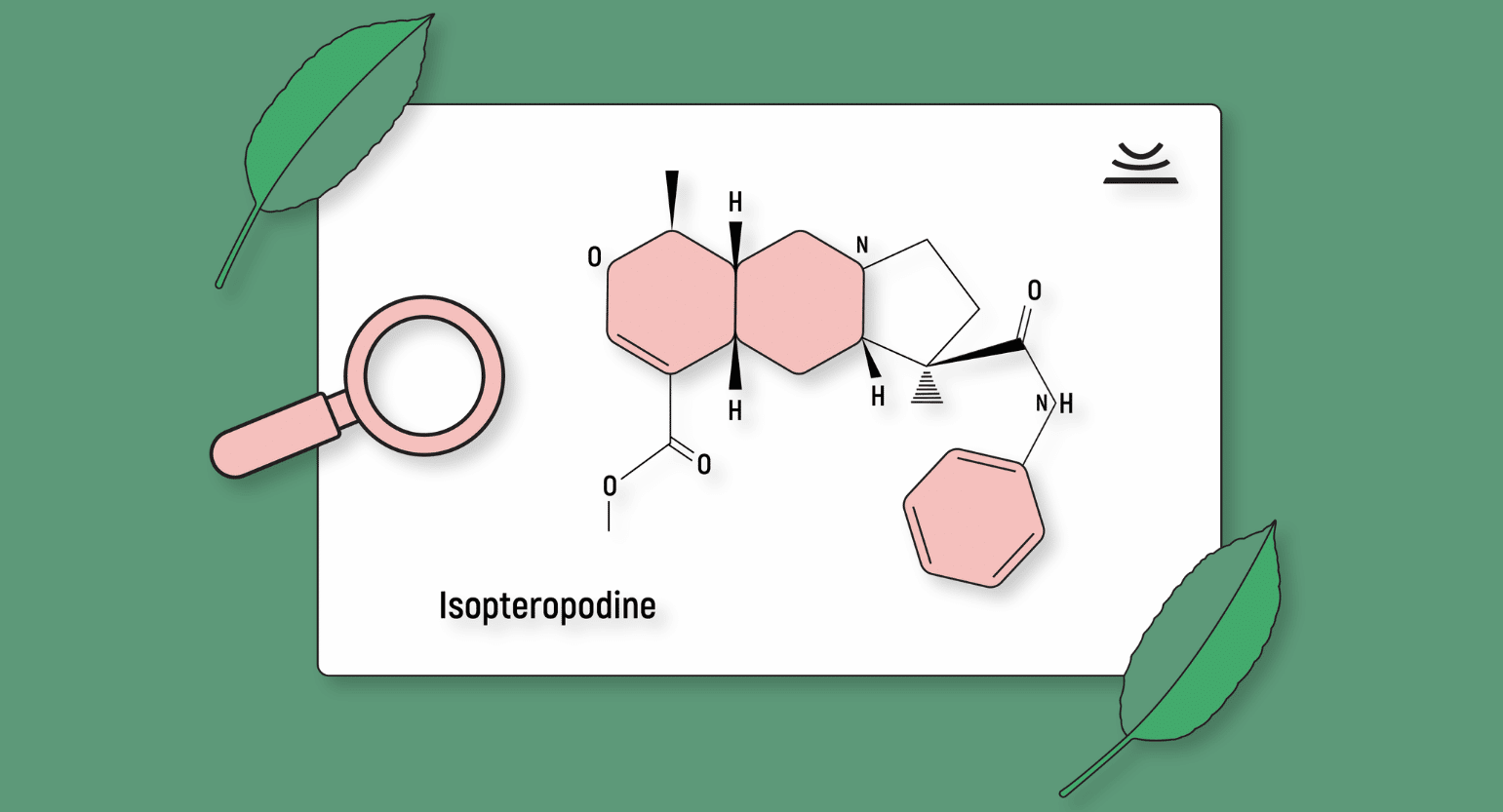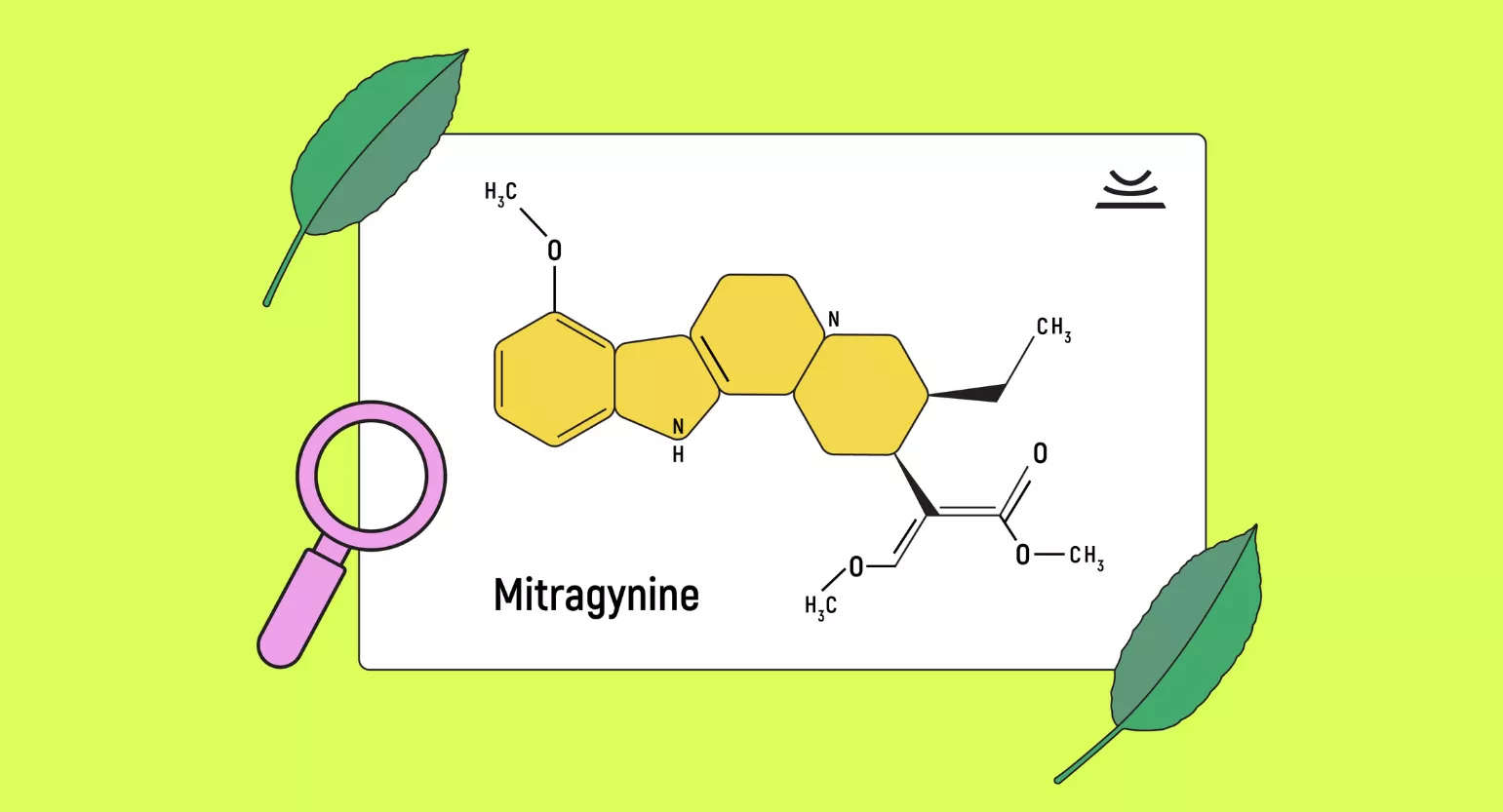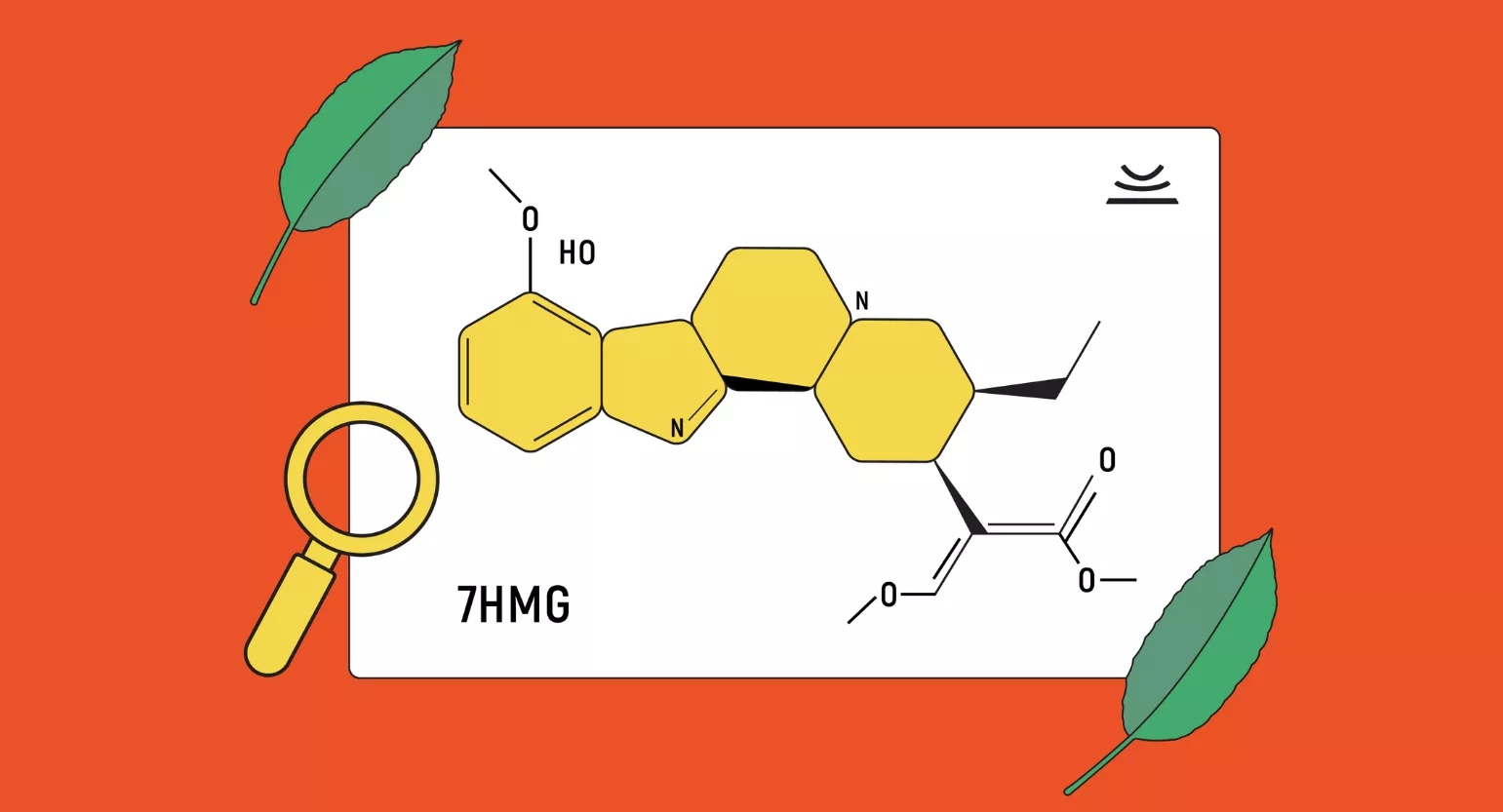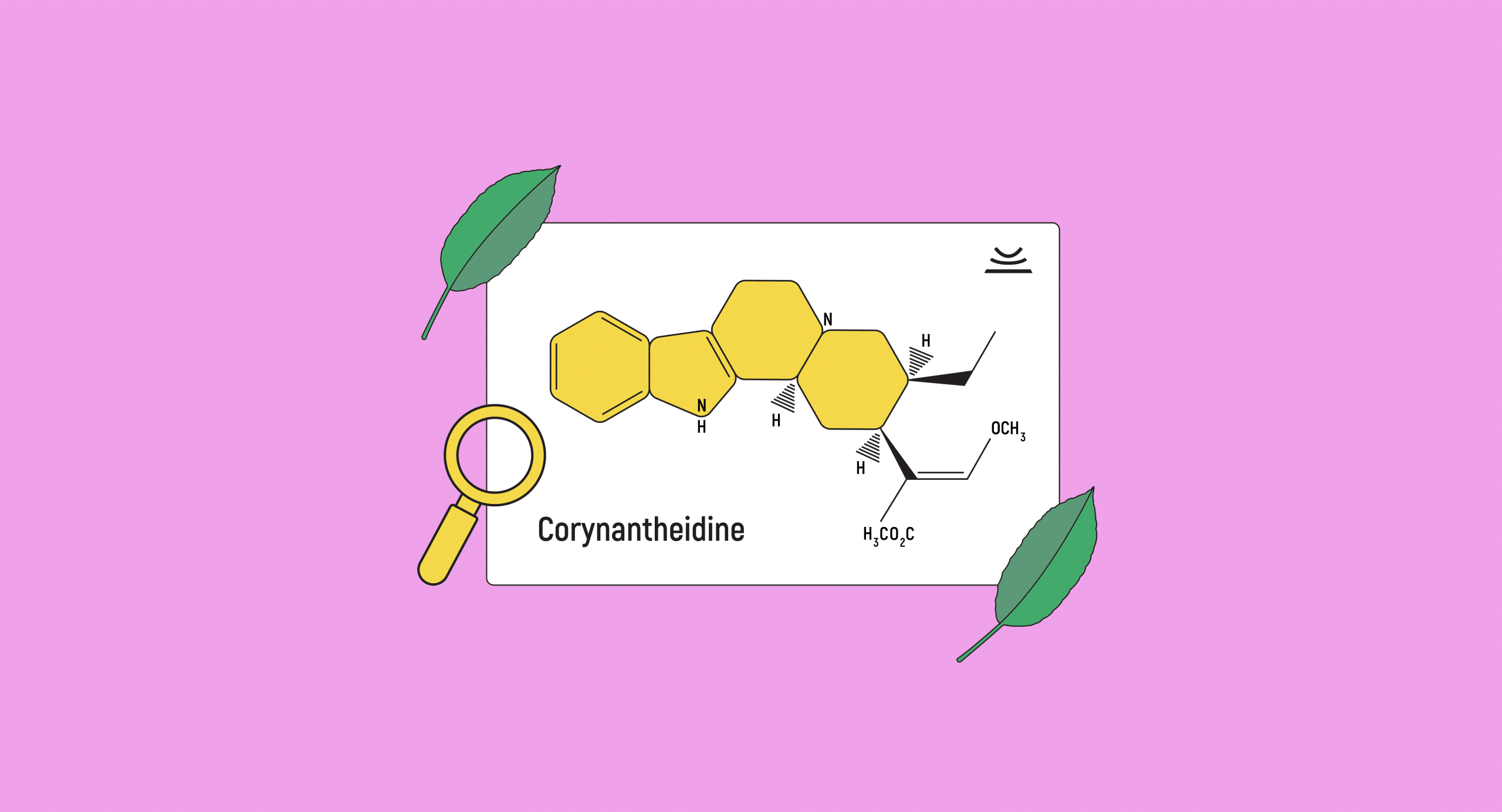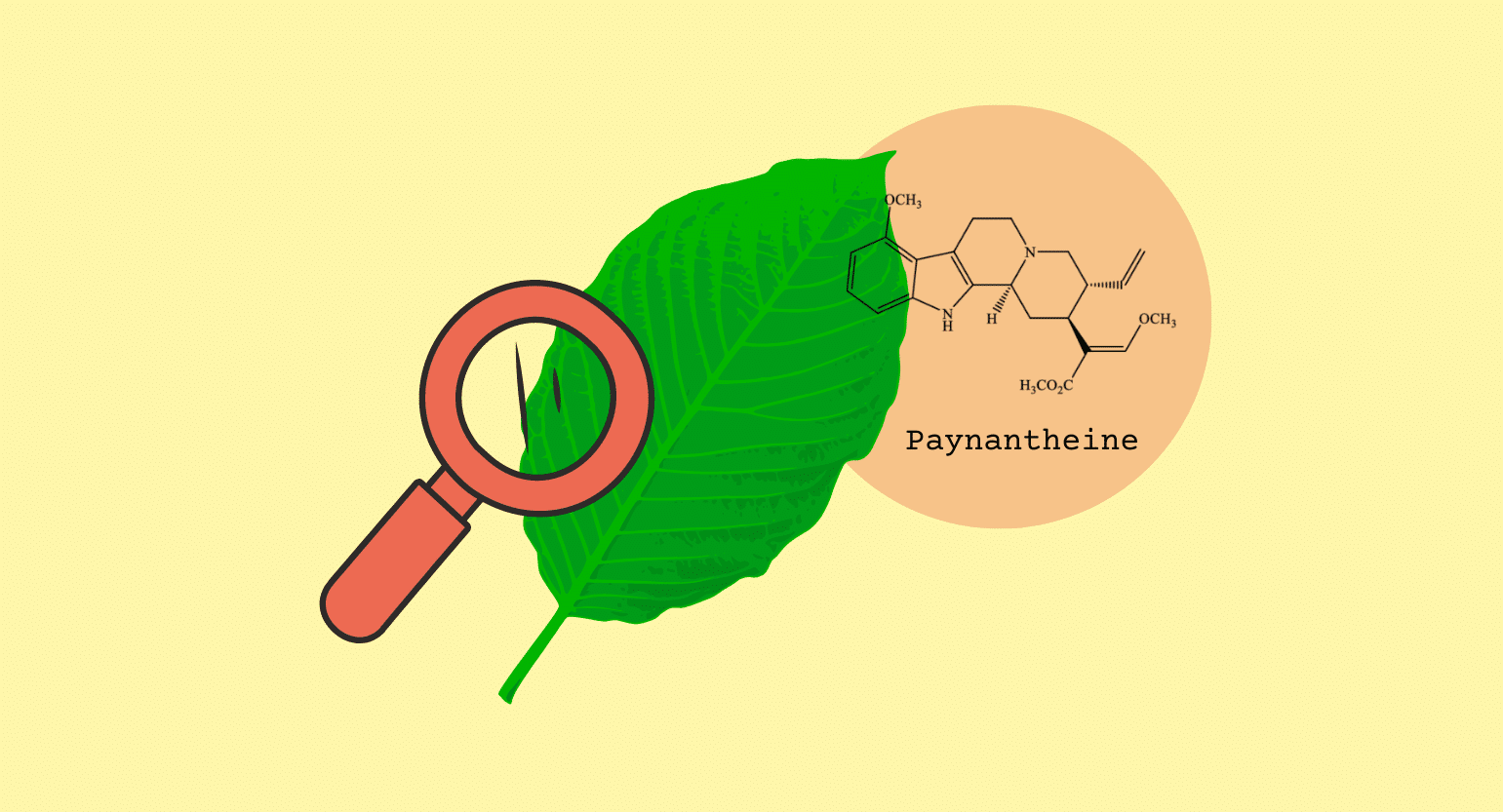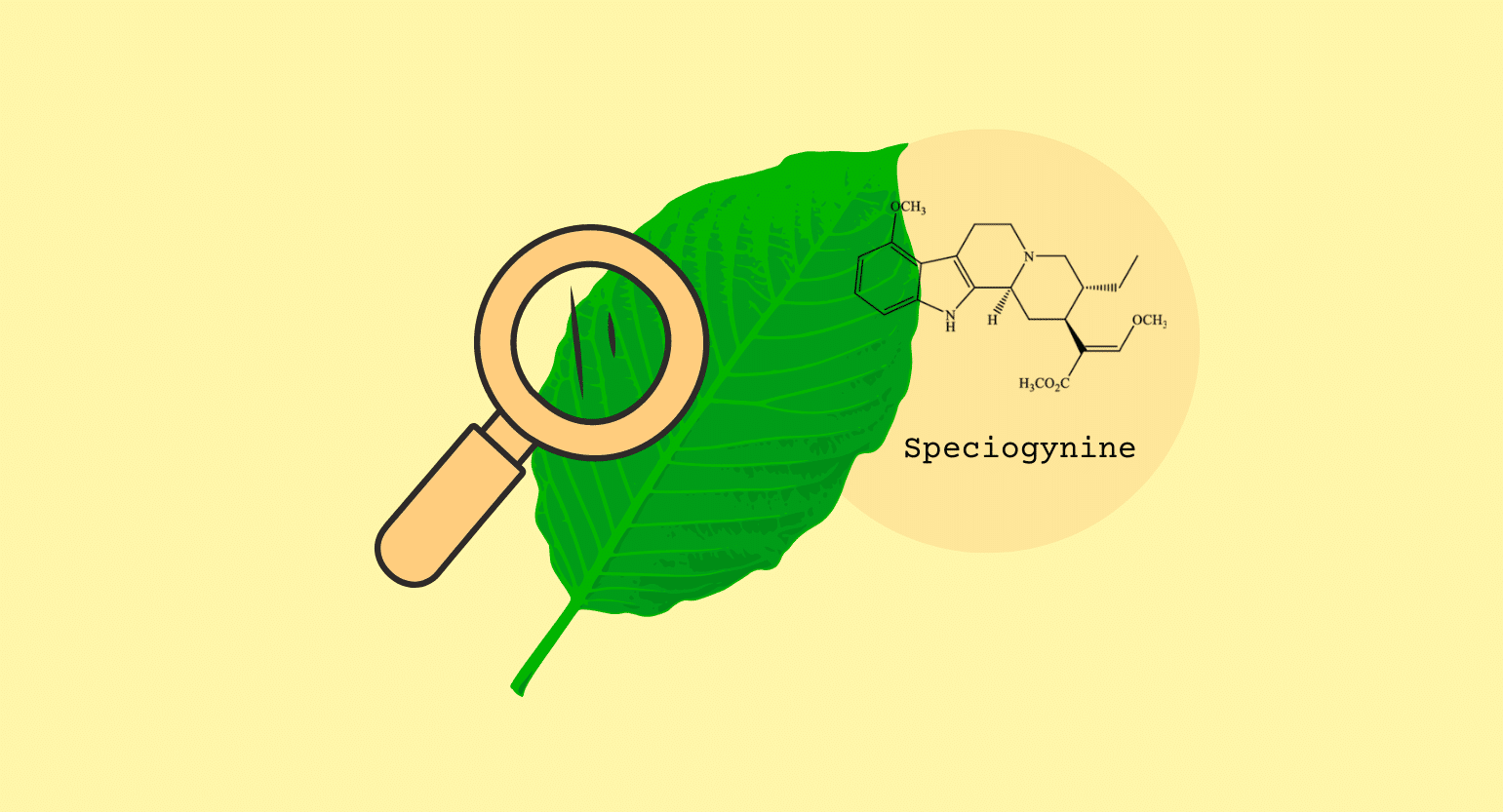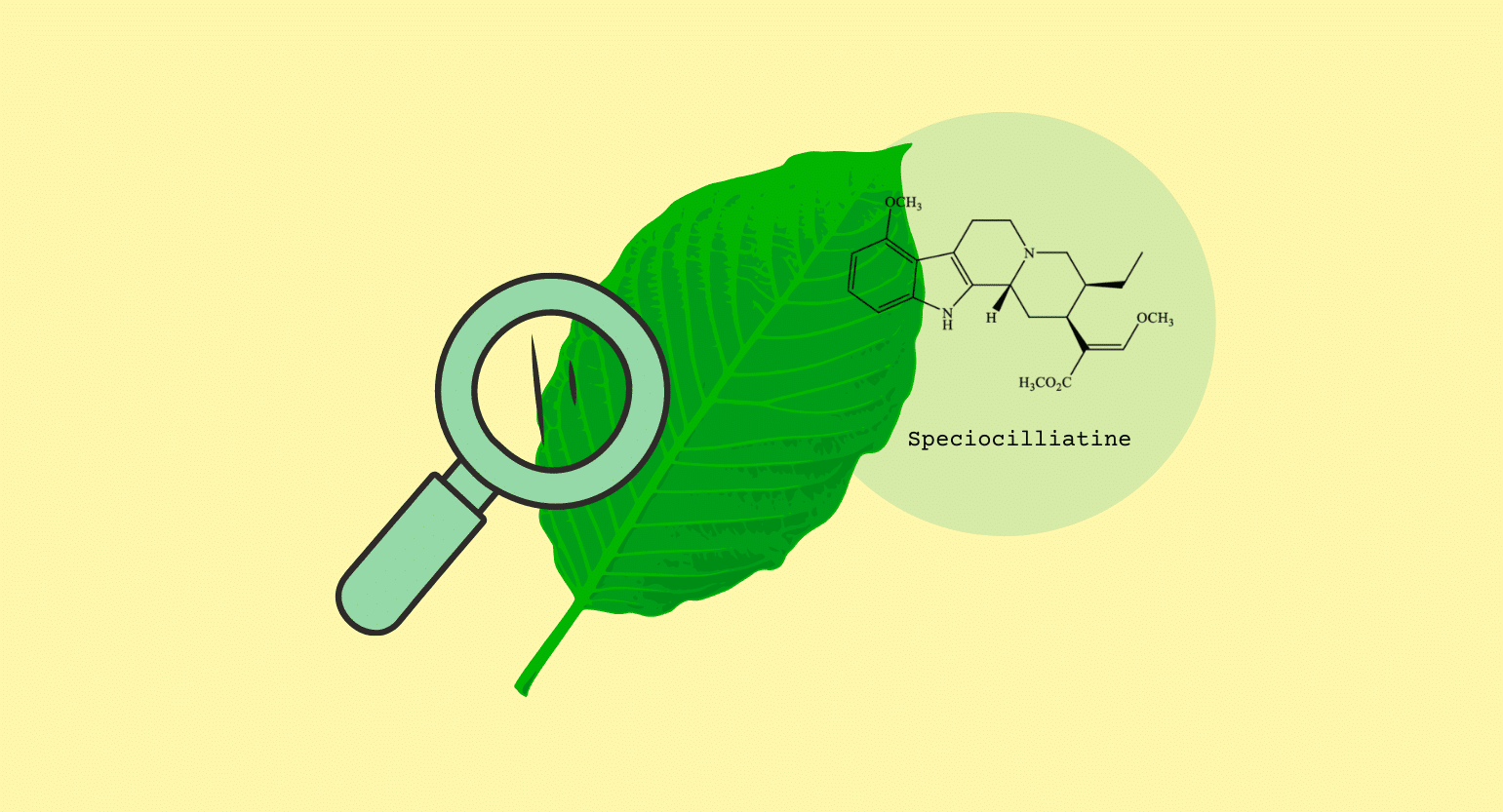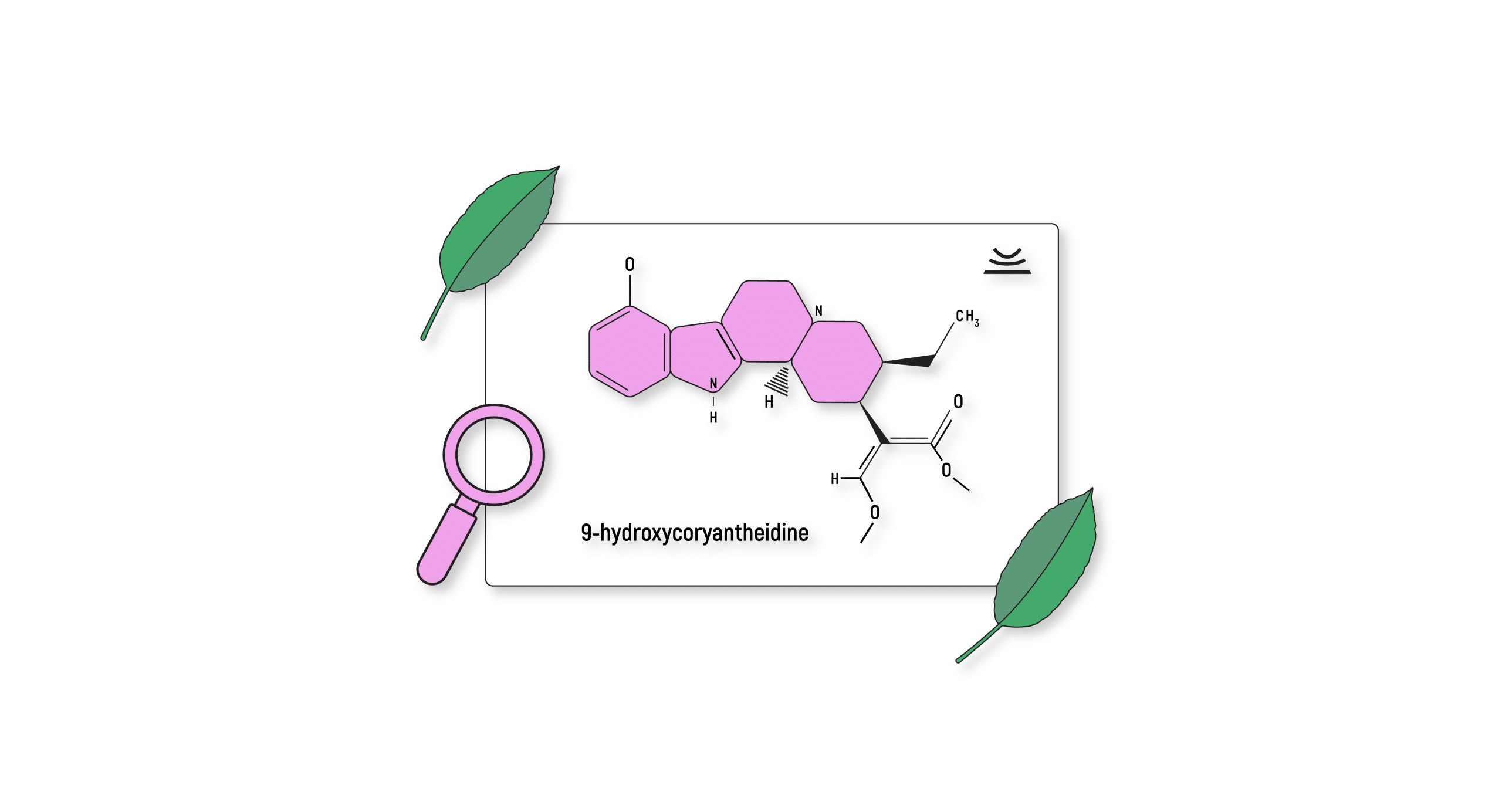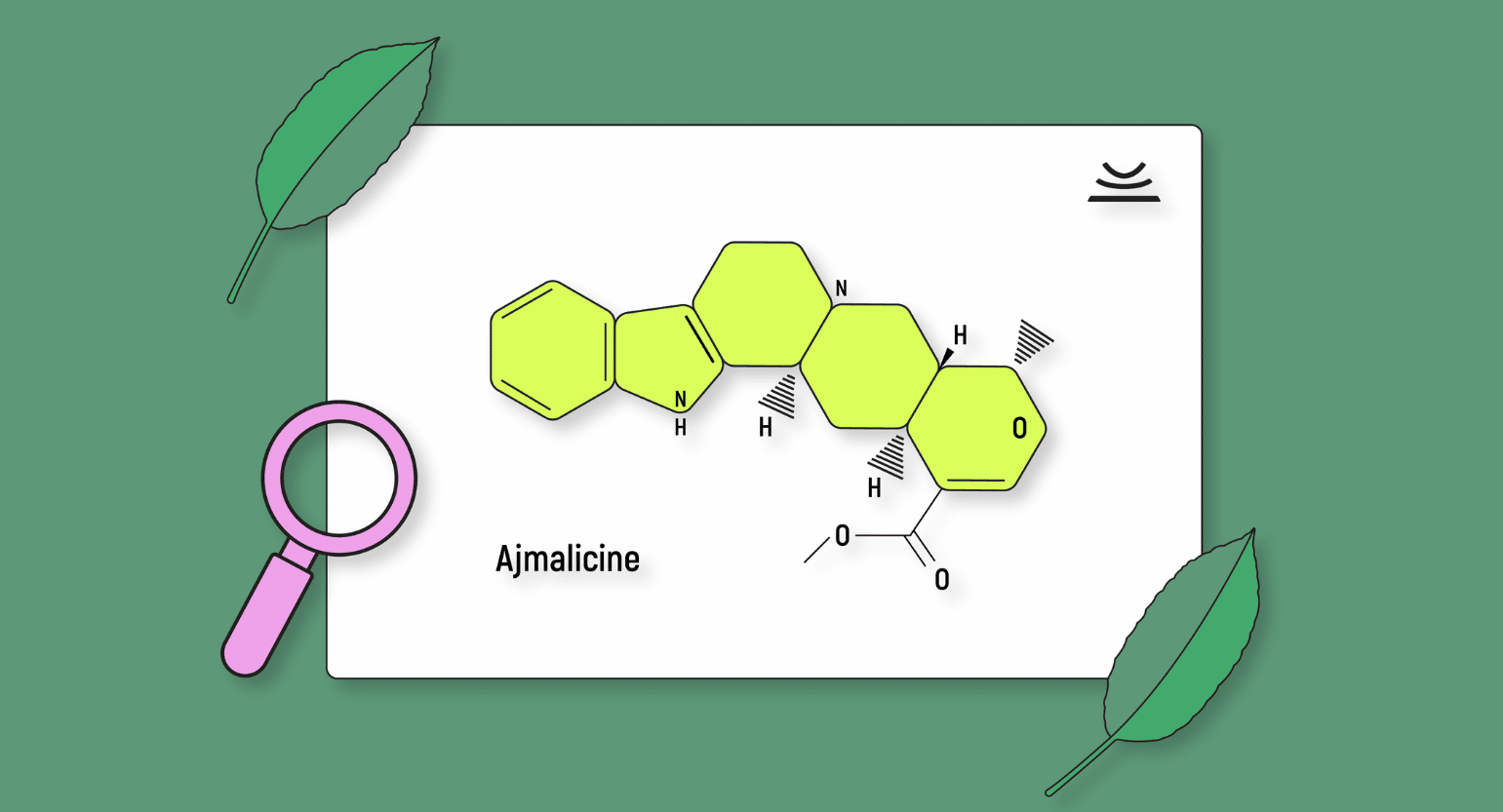What Is Isopteropodine?
Isopteropodine is one of about 50 alkaloids discovered in kratom leaves. Alkaloids are found throughout the plant kingdom and have a wide range of physiological effects. Some alkaloids you might be familiar with include caffeine, cocaine, morphine, and nicotine.
Where Does Isopteropodine Come From?
Isopteropodine is produced naturally by the kratom tree, and experts believe that its purpose is related to defense against herbivores, the attraction of pollinators, or both. It also appears in several other plants, which we’ll list later.
Which Kratom Strains Are Highest in Isopteropodine?
Unlike some of the significant kratom alkaloids, like mitragynine and 7-hydroxymitragynine, Isopteropodine doesn’t produce any noticeable effects that experts know of. As such, it’s difficult to say which kratom strains are highest in isopteropodine concentration.
However, there is some research to suggest that isopteropodine has an anti-amnesic effect, which means that it’s likely that strains providing increased focus have higher levels of isopteropodine.
If that is the case, stimulative strains that offer nootropic effects — like White Maeng Da, White Borneo, and Green Indo — are likely to be the richest in isopteropodine. Generally speaking, white strains contain the most, and red strains contain the least.

What Does Isopteropodine Do & How Does It Work?
As a minor kratom alkaloid, research on isopteropodine has taken a back seat to other more prevalent alkaloids with more noticeable effects. However, some experts have concluded that isopteropodine can function as an antibacterial, much like many other alkaloids in kratom [1].
As mentioned above, isopteropodine can increase mental acuity and help prevent amnesia [2]. It positively affects M1 muscarinic receptors, which are known to play an essential role in memory and the ability to recall from memory [3].
Most importantly, isopteropodine has some anti-proliferative effects, which could help prevent the growth of cancer cells, specifically in cases of leukemia. The mechanism by which isopteropodine provides this benefit is unknown at this time, and further research must be done to substantiate this claim.
What Other Plants Contain Isopteropodine?
In addition to existing naturally in kratom — Mitragyna speciosa — isopteropodine is also found in Uncaria lanosa and cat’s claw — Uncaria tomentosa.
It’s also present in small concentrations in the following plants:
- Buttonbush — Cephalanthus occidentalis
- Sarandi Colorado — Cephalanthus glabratus
- Cephalanthus tetrandrus
Is Isopteropodine an Opiate?
No, isopteropodine is not an opiate. None of the alkaloids in kratom are opiates, although some do interact with the opioid receptors in the body and are similar to opiates. However, isopteropodine does not bind to these receptors.

Is Isopteropodine Safe?
Isopteropodine is generally safe for consumption, although there is little research about the long-term effects of consuming this alkaloid alone. However, most people take isopteropodine via kratom powder, which is considered relatively safe. Kratom has been used for hundreds of years in traditional medicine, and many people worldwide consume it daily for recreational and pseudo-medical purposes.
Side Effects of Isopteropodine
While experts agree that kratom and the isopteropodine contained within it are safe for consumption, there is some potential for adverse side effects, especially if using large doses for prolonged periods.
The most severe side effect is addiction. Although kratom is not an opiate and is far less addictive than the drugs it mimics, it can still be habit-forming. The best way to avoid kratom addiction — and other kratom side effects — is to limit your consumption. Most people recommend taking a one-week break every month, limiting your daily consumption to one dose a day, and limiting your weekly consumption to four or five days.
Some other common side effects include nausea, gastrointestinal upset, vomiting, dizziness, headaches, lethargy, and mental fog.
How Much Isopteropodine Should I Take?
Taking isopteropodine alone isn’t possible at this time, as it’s not isolated and sold apart from the other alkaloids in kratom. Most people looking for the potential benefits of isopteropodine will need to take kratom powder.
The typical dose for kratom is around 3 grams, but beginners should start with between 0.5 grams and 1 gram, and experienced users can take up to about 8 grams.
The dose of kratom you take will also affect your overall experience, with lower doses leading to more stimulative effects and larger ones leading to more sedative and pain-relieving effects.
How Long Do the Effects of Isopteropodine Last?
Isopteropodine doesn’t exhibit any noticeable effects after consumption, so it’s unknown how long it persists in the body. However, the major kratom alkaloids provide noticeable changes for one to five hours, on average, so you can reasonably expect a kratom dose to last about that long.
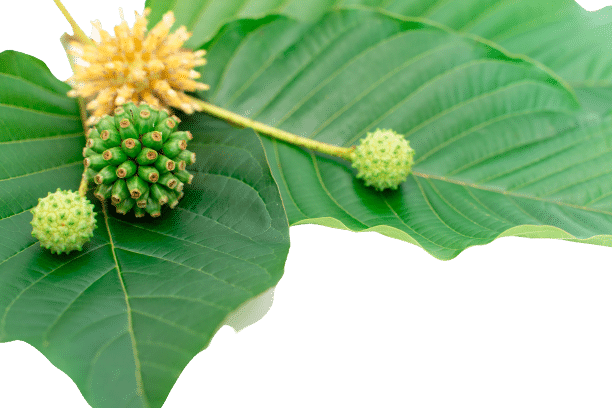
Wrapping Up: Isopteropodine & Its Promising Potential
There hasn’t been much research on kratom’s minor alkaloids and their effects on the human body, including isopteropodine. However, the lack of research doesn’t suggest that the alkaloid doesn’t provide any benefits. On the contrary, isopteropodine can provide antibacterial and anti-cancer qualities, making it a potentially crucial component of kratom.
- García, R., Cayunao, C., Bocic, R., Backhouse, N., Delporte, C., Zaldivar, M., & Erazo, S. (2005). Antimicrobial activity of isopteropodine. Zeitschrift fur Naturforschung. C, Journal of biosciences, 60(5-6), 385–388.
- Abdel-Fattah, M. A. F., Matsumoto, K., Tabata, K., Takayama, H., Kitajima, M., Aimi, N., & Watanabe, H. (2000). Effects of Uncaria tomentosa total alkaloid and its components on experimental amnesia in mice: elucidation using the passive avoidance test. Journal of pharmacy and pharmacology, 52(12), 1553-1561.
- Scarpa, M., Hesse, S., & Bradley, S. J. (2020). M1 muscarinic acetylcholine receptors: A therapeutic strategy for symptomatic and disease-modifying effects in Alzheimer’s disease?. Advances in Pharmacology, 88, 277-310.

